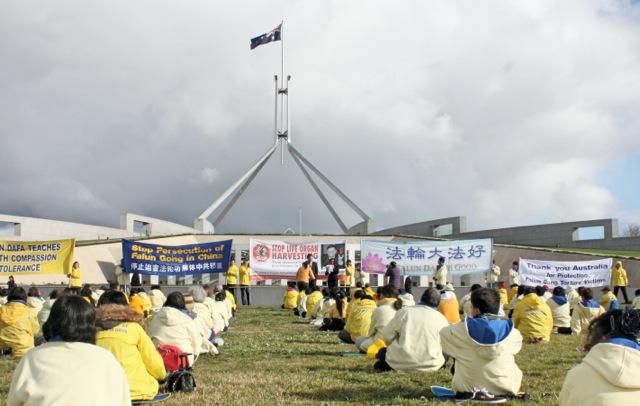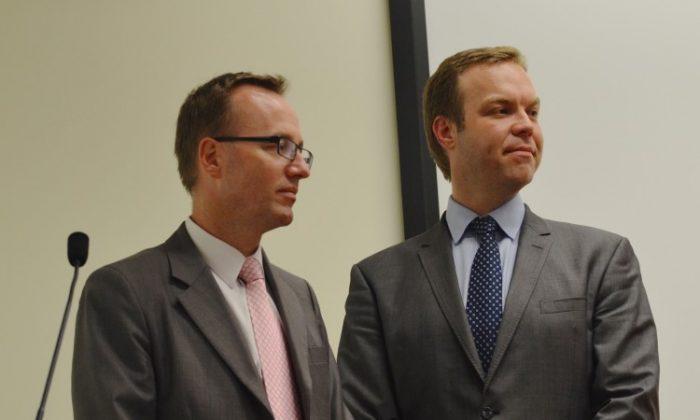Tourism in Australia is set to focus on the Indian and Chinese travellers, hoping to cash in on the growing middle-class Asian market, while European and American economies continue to decline.
The Australian Tourism Directions conference held in Canberra last week, a partnership between the Government and Tourism Australia, outlined the new focus—tapping into the booming market in India and China.
While addressing the conference, Australia’s Foreign Minister Kevin Rudd said the growing urbananistion in China should not be dismissed.
“Let’s open our thinking about China to an entirely new paradigm, and that is newly emerging urban China across 101 centres, each representing a dynamic market in itself,” said Mr Rudd.
China’s urban population has increased by 446 million people over the last 30 years and now dwarfs that of both the United States and Europe combined, and the gap will continue to grow.
“Don’t assume that people sitting out in a city of five million people in the middle of Hunan Province know a whole lot about what (Australia) has to offer,” said Mr Rudd. Currently China is delivering over $3.6 billion in annual visitor expenditure
India on the Radar
Also in the spotlight is the emerging Indian market. Tourism Australia set an ambitious goal of tripling the revenue from Indian tourists from $829 million to $2.3 billion by 2020. It expects to see an annual increase of 255,000 visitors in the next 10 years.
“It is time to have a stronger look at India. The growing wealth of the Indian middle class, not just in Delhi and Mumbai, but throughout second-tier cities, means travel is one of those things that young Indians want to put on their life’s resume and Australia is part of that in terms of being an appealing destination,” Tourism Australia managing director Andrew McEvoy told Business Standard.
Research shows Indians are among the top spenders on food and shopping. In 2010, India was Australia’s 11th largest inbound market with 138,700 arrivals, spending AU$0.826 billion, a seven per cent increase compared to the previous year.
Tourism Industry Remains Strong
According to the latest report by Tourism Forecasting Committee, tourism’s total contribution to the Australian economy in the year 2009-10 comprised a whopping $71.7 billion, an increase of $2.1 billion on the previous year.
The report predicts that inbound travel will increase slightly by 0.4 per cent in 2011 to reach 5.9 million—a downgrading from the previously predicted increase of 3.1 per cent.
The downgrade is believed to be mainly a result of the persistently strong Australian dollar, making travel an expensive endeavour for many. Another factor affecting inbound travel are the struggling European and American economies.
TFC Chair Bernard Salt believes this further highlights the importance of Asia as the primary target for tourism in Australia.
“With North American and European markets struggling, strong growth from Asia is expected to be particularly important to the performance of the inbound tourism sector this year and next,” says Mr Salt.
“Inbound arrivals from Asia are expected to increase by 3.2 per cent to 2.4 million in 2011 and then by a further 5.8 per cent to 2.6 million in 2012 as the impact on the Japanese market from the earthquake and tsunami earlier this year starts to ease.”
TFC notes that between 2010 and 2020 the Asian region is forecast to contribute around 55 per cent of the projected 2.2 million increase in visitor arrivals to Australia, with China being singled out as the primary source of profits.
“China is expected to lead the way accounting for approximately 42 per cent of the growth from Asia over this period,” says Mr Salt.
Tourism makes up 5.6 per cent of Australia’s Gross Domestic Product (GDP), which equals that of the mining industry—another super-profit sphere, responsible for the greatest coal exports in the world. Some 874,400 people are employed in the tourism sphere, making up almost 8 per cent of the total employment in Australia.





